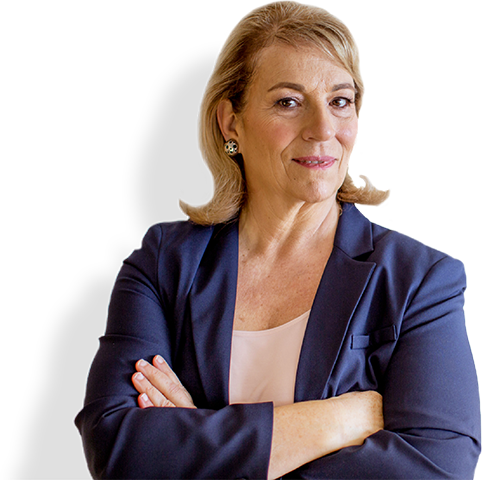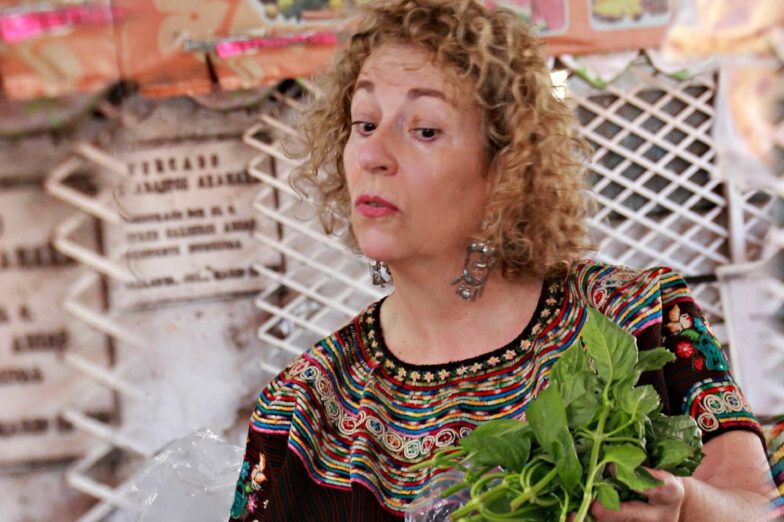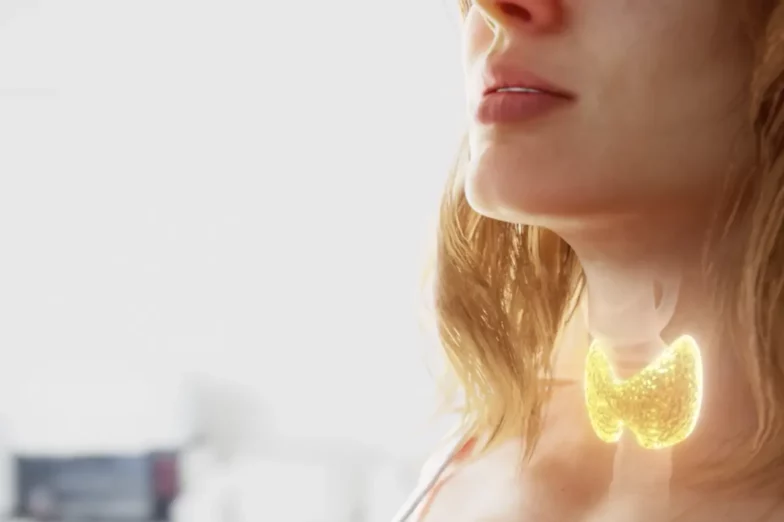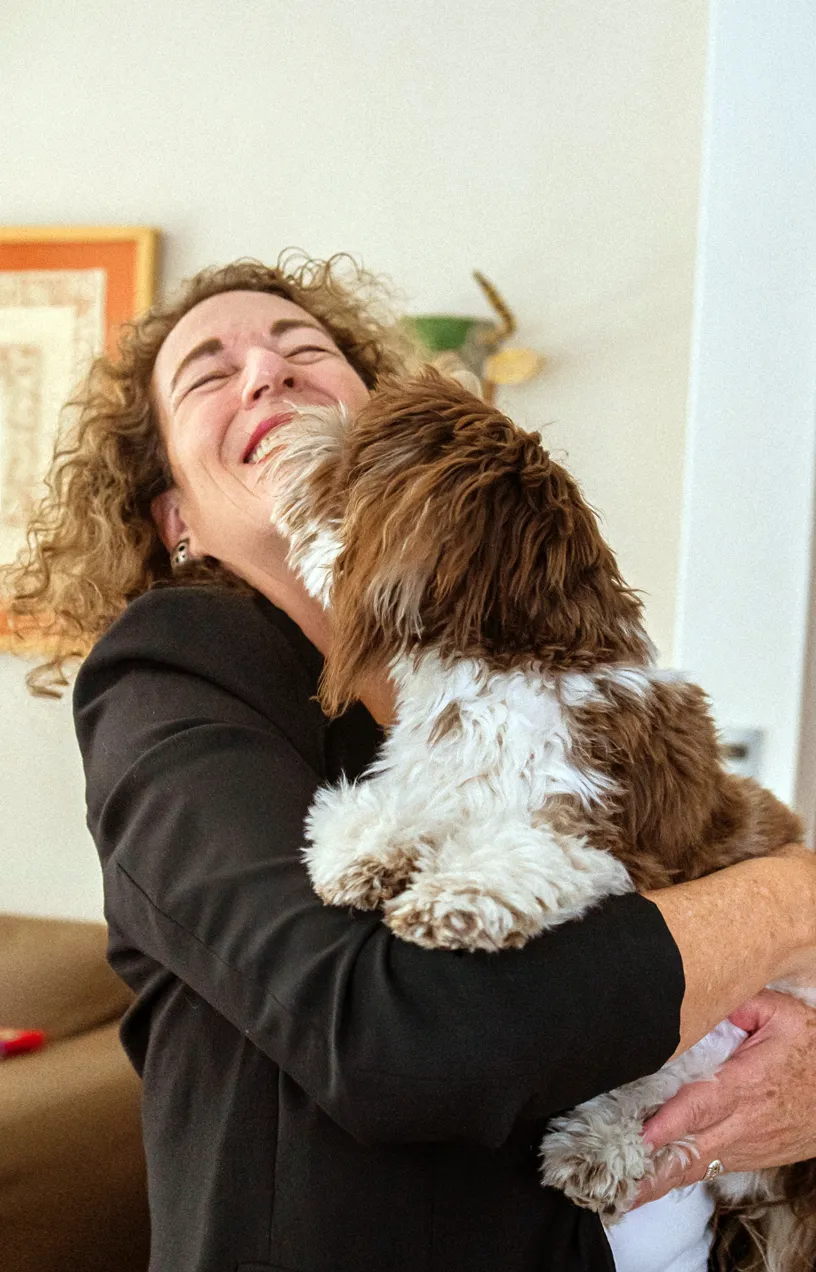Two weeks ago, I had the pleasure of being invited to present, in Spanish, at the Culinary Association in Puerto Vallarta on their 1st Anniversary and Diabetes Charity Event. I shared about different foods and herbs for diabetes prevention and treatment that I have learned from elders around the Bahía de Banderas over the last 45 years. Their wisdom, combined with biomedical knowledge about the value of these important foods and medicines, provides a roadmap by which to support our clients, our families and ourselves in whole health.
You can read my speech below.
Descarga la versión en español.

In 1973 I arrived in Puerto Vallarta and shortly boarded a small panga and began my life in Yelapa. Shortly after my arrival in the village I had the good fortune to get sick with almost everything possible — dysentery, hepatitis, bites and infections, and the strange bite of the mysterious firefly called arlomo, just to name a few. Why was it good luck? Because at that time there was no medical doctor in the village, and I turned to local herbalists to learn about the ways in which plants and foods from the sea and mountains could cure many illnesses.

Little did I know that I was beginning my 40-year career in natural medicine and the study of the traditional medicine of Mexico. One of my first lessons began when I observed the men slaughtering a cow—they did this every Sunday. While the meat was being laid out on a table, another man climbed a Papaya tree and picked 4 green Papaya, sliced open the skin and let a white sticky substance called papain ooze out. He then placed the green skin and its dripping papain over the meat to tenderize it. Papain is a proteolytic enzyme which means it digests protein. This is why it tenderizes meat. It is also a potent anti-inflammatory that digests the proteins of inflammation. Every illness we have is an illness of inflammation and the amount of inflammation we have determines the rate at which we age. In medicine we know that papain taken internally on an empty stomach reduces the inflammation and pain caused by diabetes.
When I returned to my hometown of Boston to finish my studies at Harvard Medical School, 10 years after I began my studies of Indigenous medicine in Yelapa, I was pleased to study the biomedical science about Papaya and papain in particular. Now we don’t all have time to climb papaya trees and extract enough papain for our daily use. Fortunately, we can now buy pills prepared with high doses of papain.
The papaya is just one plant of hundreds that provide clues about how nature shares her remedies to prevent and heal, and there is no greater source of these remedies in the world, than in Mexico.
Before 1930, diabetes type 2 was practically non-existent. Only the very very rich got diabetes because sugar was like a rare drug then. It is now an epidemic as a result of 3 interactive influences: 1. too much sugar, 2. not enough exercise and 3. too much stress. When our great-grandparents ate tamales, tortillas, rice and beans, they also usually worked physically hard for many hours during the day. They did not drink coca cola and they ate the natural foods that keep blood sugar low such as Nopale, Jamaica, Chia, Canela, Cundeamor, Tamarind, Guanabana and many other plants.

For example, Jamaica is rich in anthocyanins, powerful anti-inflammatories and antioxidants that reduce the symptoms of diabetes. The bright red color is a clue to the presence of these beneficial chemicals. We see the same bright red and purple in Blueberries, Cherries and Gondos, a lesser known medicinal fruit of our region which is also excellent for kidney disease of diabetes. Gondos, also known as Faisan, makes your mouth pucker. That is a sign that it is rich in tannins. Tannins enhance glucose uptake, are anti-carcinogenic and the reason why Gondos makes such a good wine. There is good Gondo wine made in Mascota.
You will also notice that same mouth-puckering sensation from unsweetened Tamarind—also rich in healthy tannins. Tamarind is used in traditional Mexican medicine as a diuretic, which makes it a good drink for people with diabetes, but not if its sweetened with sugar! I recommend using a little Stevia, which helps with lowering the blood sugar.
Another important plant of this region is Chia. Chia seed is special because it is mucilaginous — this means it soothes the mucus membranes of the intestinal tract which can be inflamed in people with diabetes. It is also a fiber. Fibers are essential to prevent and treat diabetes because they reduce the uptake of glucose into the blood.
Chia is also very high in omega 3 fatty acids which are anti-inflammatory. And Chia fights fatigue. Another example of the power of fiber is Sugar Cane. No one got diabetes from sucking on Sugar Cane; it’s a whole plant. Its sweet but it also has fiber and loads of vitamins and minerals so it doesn’t act like a drug to the body the way sugar does when its extracted and refined from the cane.
Huauzontle is a cousin of the cereal Quinoa. If you do not currently eat fresh Huauzontle, (also known as Hair Amaranth) I encourage you to try this treat. Add the freshly steamed buds to a frittata, or make a Huauzontle relleno, pata salada style, it’s very rich in minerals which soothe inflamed nerves of diabetes.
Another traditional food that is so important to our health is Verdolagas. We must not lose our use and recipes of this medicine. Why? because it is bitter and any green plant that is bitter signifies that it is medicine for the liver and our gall bladder. The bitter chemicals dissolve fat in the liver just like soap cleans our plates after a meal, so let’s celebrate our sopa de Verdolagas!
Another important tradition of our abuelos is to drink te de Canela in the morning or evening. We know Canela is a potent anti-diabetes medicine because it is rich in chemicals that improve our insulin response.

There are so many medicinal foods and plants in Mexico but I shall end with Capomo. I cannot sing the praises enough of Capomo, also known as Ramon. This tree is found naturally in the mountains here where traditionally, mothers who give birth drink lots of Capomo because it is a galactogogue, meaning it increases mother’s milk. We know scientifically that it is very rich in amino acids which boost our mood and makes us happy, which helps to manage the challenge of self-care of diabetes.
Now, I am not suggesting that all these wonderful plants alone are the answer to diabetes.
However, diabetes is not genetic, it is not hereditary. It is totally preventable and, in many cases, it is reversible. Three approaches to prevention are:
- By eating the way our ancestors did before 1930 whole foods in their natural state, and refined sugar only very, very occasionally, like on one’s birthday.
- We need to exercise like our ancestors did. We know that having lots of muscle is the key to making our insulin more efficiently.
- We need to reduce our stress which negatively affects the organs that govern glucose control; the liver and adrenal glands. The tradition of eating animal organs supports our own same organs. The traditional dish of beef kidneys helps our stress.
Let us celebrate the wisdom and the knowledge of our ancestors, the medicinal gifts that Mexico has given us. And let us celebrate the wonderful chefs among us here tonight who are revitalizing local foods of the selva, by serving us sumptuous and nourishing dishes.
I have been so fortunate to learn the wisdom from our elders in the Bahia de Banderas and Cabo Corrientes and to practice these methods with my patients here and in the US over the last 40 years. In celebration of all of these things and more I am making available as a gift to the Vallarta community, at no charge, a book, which I wrote with my husband, Dr. Rudolph Ryser and designed by our Creative Director Fatima Mora, an online course and an infographic, all in Spanish, about preventing and treating diabetes, naturally. I hope you enjoy some of the ideas and the recipes.
It has been a great pleasure to be with you tonight. Thank you so much for your time and attention tonight.

English resources
To read more on Diabetes, purchase my book: Preventing and Treating Diabetes Type 2, Naturally.
Or if you prefer, it is also available as a course here: Preventing and Treating Diabetes Naturally.
Download the infographic for free here.
Recursos en Español
Descarga la versión en español en PDF de este discurso.
Para leer más acerca de la Diabetes, mi libro en español está disponible en PDF de manera gratuita:
Capítulo 1: Cultura y Principios De La Sanación Tradicional
Capítulo 2: Estrés, Trauma y Diabetes
Capítulo 3: Comida Auténtica, Dieta y Nutrición
Capítulo 4: Suplementos Nutricionales Y Rutinas De Sanación
Capítulo 5: Plantas y Alimentos Medicinales
Capítulo 6: Terapias De Masaje y Medicina Energética
Capítulo 7: Desintoxicación
Capítulo 8: Estrategias Para Tomar Acción en la Comunidad
Glosario
Recursos
Referencias
También tenemos un curso gratis en español: Prevenir y Tratar la Diabetes Tipo 2, Naturalmente.
- Touch Therapy for Trauma Recovery - April 19, 2024
- The Soul of Basil - March 12, 2024
- A Comprehensive Guide to Natural Hypothyroidism Treatment - November 17, 2023

Are You Ready to Advance Your Career?
If you want to advance your career in integrative medicine, explore my courses and certifications.












